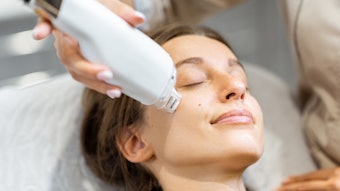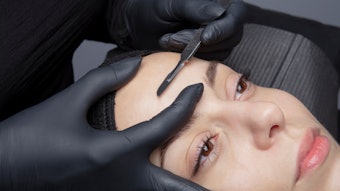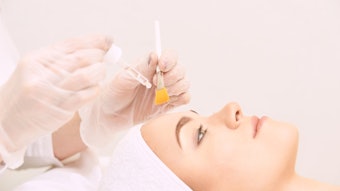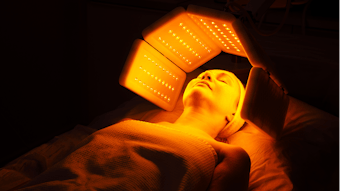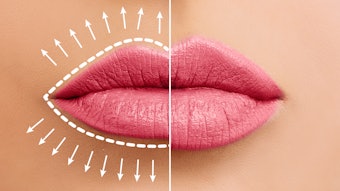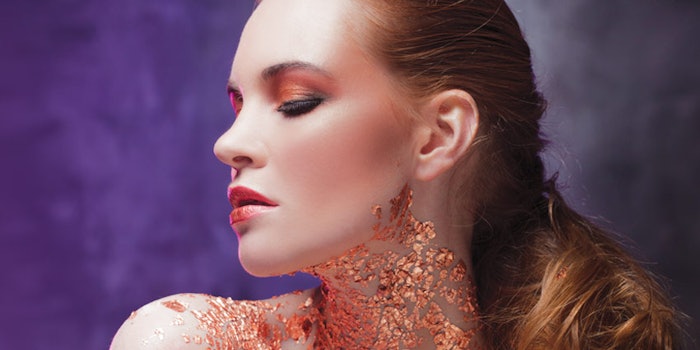
Almost everyone knows that it is important to care for the skin on the face, but other areas of exposed skin are often forgotten until the damage is already done. The neck and décolleté, for instance, are extensions of the face and should be treated as such. These areas show signs of aging more rapidly due to their makeup and should always be considered when performing esthetic treatments. This article will first review the differences of the skin in these areas and common conditions seen before exploring specialized treatments.
Skin Differences

The skin of the neck and décolleté is significantly thinner than the skin on the face, apart from the eyes. The average thickness of the face is almost double compared to that of the neck and décolleté. The decrease in subcutaneous fat and the thinner dermis and epidermis show signs of aging more quickly. The lower amount of fat can lead to sagging, loose skin. The thinner dermis and epidermis leave the skin in these areas prone to signs of aging including discoloration, fine lines and wrinkles. The neck and décolleté also have fewer sebaceous glands, which leads to drier skin with less protection. Drier skin also shows imperfections more rapidly along with causing a compromised barrier. The skin of the neck and décolleté also has fewer, but sometimes more prominent, hair follicles, reducing the amount of structural support.
Common Conditions
Extrinsic factors are responsible for about 85% of the skin’s aging process, with sun exposure being the number one cause of damage. Excess sun exposure causes proteins, collagen and elastin to break down, weakening the skin and creating fine lines and wrinkles. As we know, sun exposure also causes hyperpigmentation as well as redness. Poikiloderma of civatte is a condition also known as sun aging or photo-damage that appears on the neck and chest except for the area right below the chin that is shaded. This skin typically has a mix of hyperpigmentation, hypopigmentation and underlying redness. It appears in areas exposed to the sun that may also have photo-sensitizing products like perfumes. It is more common in women and may be associated with genetics or low estrogen levels. In some people, it looks like chicken skin due to the thinner skin with more prominent hair follicles.
Digital Edition Link:

Loving this content so far? Keep reading to learn more about the top products and treatments to use on your client's neck in our digital edition!
Read More in the Digital Edition!


